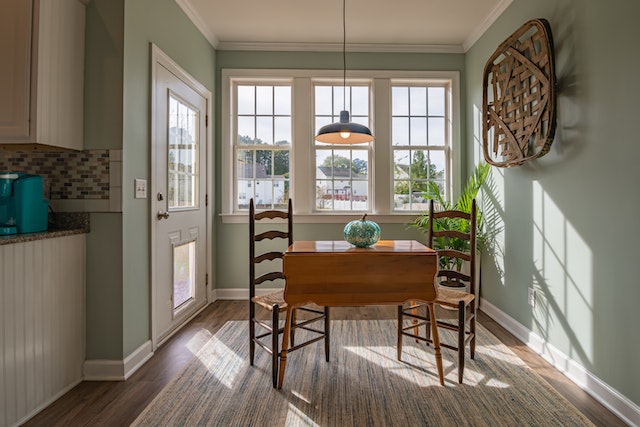Interior design
 Interior design is the art and science of enhancing the interior of a building to achieve a healthier and more aesthetically pleasing environment for the people using the space. The interior design process involves conceptualizing and planning the layout and design of interior spaces, including the selection and arrangement of furniture, color schemes, lighting, textures, and decorative elements.
Interior design is the art and science of enhancing the interior of a building to achieve a healthier and more aesthetically pleasing environment for the people using the space. The interior design process involves conceptualizing and planning the layout and design of interior spaces, including the selection and arrangement of furniture, color schemes, lighting, textures, and decorative elements.
The goal of interior design is to create functional and visually appealing spaces that meet the needs and preferences of the people who will use them. This may involve optimizing space utilization, ensuring proper lighting and acoustics, creating a specific mood or atmosphere, or incorporating sustainable and eco-friendly design elements.
Interior designers work closely with clients to understand their needs, preferences, and budget, and to develop design plans that meet these requirements. They may also collaborate with architects, engineers, and contractors to ensure that the design plans are properly implemented and that the finished space meets all safety and building code requirements.
Some of the key elements of interior design include:
- Space Planning: Determining the best use of available space, and arranging furniture and other elements to maximize functionality and flow.
- Color and Material Selection: Choosing the right color schemes and materials to create the desired mood and atmosphere within the space.
- Lighting Design: Ensuring that the lighting in the space is functional and aesthetically pleasing, and that it supports the overall design concept.
- Furniture Selection and Placement: Selecting and arranging furniture to create comfortable and visually appealing spaces that meet the needs of the people using the space.
Overall, interior design is a complex and multifaceted field that requires both creativity and technical expertise to create functional and visually appealing interior spaces.
